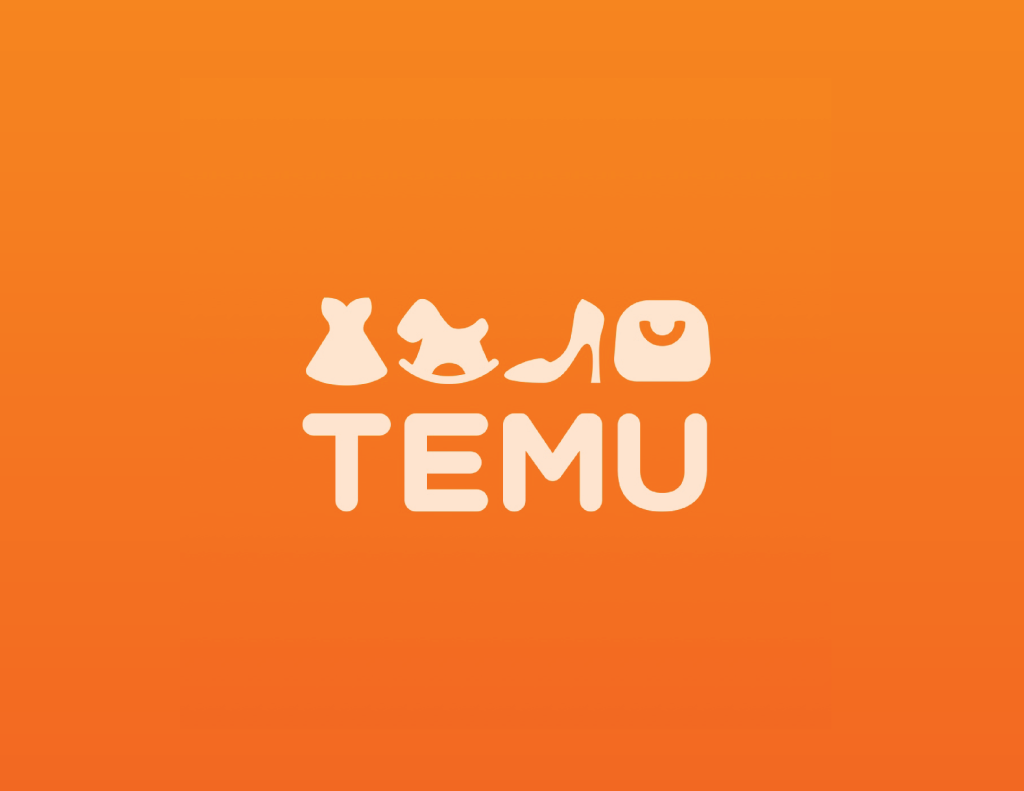Temu, founded in Boston in 2022, is an online marketplace connecting Chinese sellers directly with customers. Their tagline “Shop Like a Billionaire” highlights their business model – eliminating distributors to offer lower prices. In this article I will be analyzing the Temu Web Application experience through the lens of Nielson Norman’s The design of everyday things.
Homepage
Navigation and Search
The homepage immediately presents challenges related to Norman’s concept of discoverability. Users face dense product listings, discounts, and promotional banners that create cognitive overload. The navigation bar, sharing similar colors with promotional banners, lacks clear signifiers. This design choice violates the principle of knowledge in the world, forcing users to rely on knowledge in the head to navigate the interface. Product categories and filtering options lack logical connections, creating a gulf of execution since users struggle to translate their intentions into actions. For example, when users want to find specific products, the unclear relationship between search filters and product categories forces them to experiment rather than follow intuitive paths.
Product Display and Promotion
Users have to pay particular attention to the system’s handling of promotional offers and discounts. The lack of visual differentiation between items in different promotional categories such as “lightning deal” or “mega sale” in the home page creates a gulf of evaluation – users struggle to understand which items qualify for which promotions. This violates Norman’s principle of visibility, where system status should be clearly apparent.
The interface’s feedback system shows significant weaknesses. Pop-up promotions appear unpredictably, offering no clear way to revisit them later. This creates confusion in Norman’s seven stages of action, particularly at the perceiving and interpreting stages, as users cannot effectively evaluate the results of their actions.

Shopping Cart
Shopping cart management
The system also fails to provide consistent feedback about product availability – items can be added to carts from the homepage without any immediate indication if they’re discontinued. The shopping cart experience reveals issues with conceptual models. While the cart icon follows standard ecommerce conventions, the internal cart management system contradicts user expectations. The absence of a “Save for Later” feature is replaced with an unintuitive radio button system during checkout, forcing users to maintain this information in their head rather than having it represented in the interface. The system’s constraints and error prevention mechanisms show significant gaps. Users can accidentally remove items from their cart with no undo option or clear path to history, creating unnecessary friction in the shopping experience.
Checkout Process
The checkout flow demonstrates issues with constraints and feedback. The system fails to communicate minimum order values and shipping costs until late in the process, leading to what Norman calls mistakes. Multiple similar functions (“Go to Cart” and “Checkout” buttons) create unnecessary complexity in the user’s mental model of the process.

Recommendations
To improve the user experience, Temu should focus on several key areas. The interface needs to enhance discoverability through clear visual hierarchy with distinct navigation elements and consistent signifiers for interactive elements. The feedback system should provide immediate status updates for product availability and create a persistent location for accessing active promotions. The relationship between product categories and filters should be reorganized to match user expectations, while standardizing the add-to-cart functionality across all product displays. Error recovery can be supported through undo functionality for cart modifications and a proper “Save for Later” feature, along with early communication of shipping and minimum order requirements.
By implementing these changes, Temu can create an interface that better aligns with users’ mental models and reduces cognitive load. Clear signifiers for interactive elements, appropriate warning messages before irreversible actions or easy access to history, and visual feedback for selection states would help bridge both the gulf of execution and evaluation. These improvements would not only enhance the shopping experience but also reduce user frustration and potential errors, leading to more successful transactions and increased user satisfaction.
